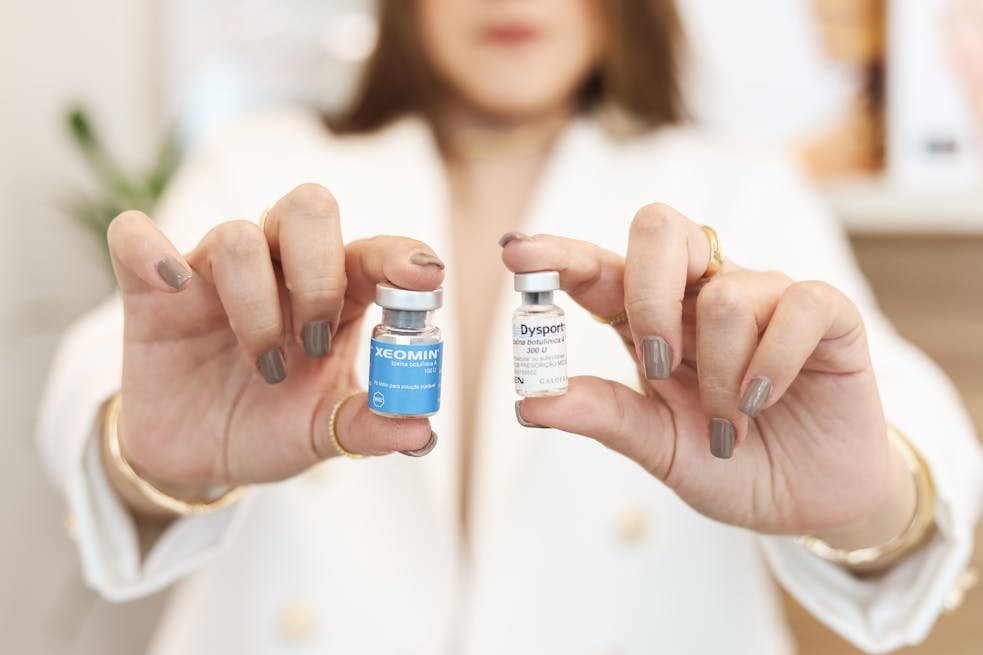The U.S. Food and Drug Administration (FDA) is undergoing one of the most transformative shifts in its modern history. In a groundbreaking move announced in June 2025, the FDA revealed it is rapidly integrating artificial intelligence into the drug and device review process, alongside broader efforts to reform food policy and address the root causes of chronic illness. The implications are enormous—not only for drug developers and healthcare providers but also for everyday consumers and patients.
FDA Launches “Elsa”: AI-Powered Drug Review Assistant
One of the most attention-grabbing developments is the FDA’s deployment of an internal AI tool called “Elsa”, a generative AI model that works similarly to ChatGPT. Launched in May 2025 as a pilot project, Elsa has already begun to help streamline the FDA’s notoriously lengthy drug review process by summarizing huge volumes of regulatory submission data—often spanning over 500,000 pages.
According to FDA Commissioner Martin Makary, Elsa’s performance exceeded expectations. It helped scientists and reviewers parse dense documentation quickly, identify red flags, and even prioritize which manufacturing plants to inspect. Based on these promising early results, Makary announced that by June 30, 2025, the FDA will expand Elsa’s use across all departments—including drugs, biologics, medical devices, and food safety.
What Can Elsa Actually Do?
- Summarize massive regulatory documents within minutes
- Flag inconsistencies in clinical trial data
- Assist in selecting sites for quality inspections
- Help reviewers understand real-world data from post-market use
Makary emphasized that the agency’s long-term goal is to reduce redundant, manual reviews—cutting down processing time from months to mere weeks. He noted that this AI-driven approach follows the successful fast-tracking methods used during the COVID-19 pandemic, when vaccines and treatments were approved in record time.
Fewer Clinical Trials? Rethinking Drug Approval Standards
In tandem with these AI advancements, the FDA is reconsidering its long-held requirement for two large, randomized pivotal trials for drug approval. Instead, the agency may rely more on real-world evidence—including patient registries, electronic health records, and insurance claim data—to assess safety and efficacy.
This approach could drastically reduce the cost and time associated with getting new therapies to market. However, it’s not without critics, who worry about data quality and the risk of cutting corners in pursuit of speed.
Potential Benefits of AI-Based Review:
- Faster drug approvals could benefit patients with urgent needs
- Lower development costs may reduce drug prices
- More efficient allocation of FDA staff and resources
Concerns: AI “Hallucinations” and Transparency Issues
While AI like Elsa offers promise, it’s not flawless. Internal reports flagged instances where the tool produced misleading or fabricated summaries—a known issue called “AI hallucination.” The accuracy of Elsa’s results is still under close scrutiny.
Furthermore, industry stakeholders and public health experts have raised transparency questions: How will the FDA communicate AI-assisted decisions to drug sponsors? Will patients and physicians have visibility into AI-derived recommendations?
Makary acknowledged the risks but emphasized that the FDA is developing internal protocols to monitor Elsa’s performance and ensure that no critical decision is made without human oversight. AI is a “co-pilot,” not an autonomous decision-maker.
Public Health Expansion: Tackling Food Additives and Chronic Disease
Interestingly, the FDA’s new strategy isn’t limited to drugs and devices. The agency is also broadening its regulatory mission to include proactive management of the nation’s chronic disease epidemic—focusing on the environmental and dietary root causes of illness.
As part of this shift, the FDA plans to re-evaluate certain food additives—like synthetic food dyes and preservatives—that remain common in the U.S. but are banned in Europe and other parts of the world. These chemicals have been linked to various health concerns, including behavioral issues in children and increased cancer risk.
Key Changes Coming to Food Regulation:
- New scrutiny of food coloring agents and chemical preservatives
- Labeling requirements for ultra-processed foods
- Reformulation incentives for healthier packaged products
The agency also aims to collaborate more with researchers to investigate how diet, air quality, and environmental exposures contribute to diseases like diabetes, early-onset Alzheimer’s, and autoimmune disorders. This marks a significant evolution from the FDA’s traditional role as a “gatekeeper” toward that of a “health steward.”
Big Picture: From Reactive Regulator to Proactive Health Partner
Commissioner Makary’s vision is bold: reposition the FDA not just as a watchdog, but as an enabler of smarter, faster, and more health-conscious innovation. AI is at the center of this transformation, allowing the agency to focus more on root causes, population-level health outcomes, and long-term impact.
This pivot is part of a broader reimagining of federal health policy. It echoes global trends in digital health, personalized medicine, and sustainability. The FDA’s changes could set a global standard for how regulatory agencies integrate new technologies while maintaining scientific integrity and public trust.
What This Means for Patients and the Public
For patients, this transformation may lead to faster access to life-saving treatments, safer food options, and improved guidance on chronic illness prevention. But it also requires vigilance. AI needs rigorous oversight, and speed should never come at the expense of safety or transparency.
For healthcare providers and companies, the FDA’s shift means adapting to new standards, formats, and expectations. Regulatory submissions may soon need to be “machine-readable,” optimized for AI review, and backed by real-world data sources.
Final Thoughts: A Brave New Future for Health Regulation
The FDA’s embrace of artificial intelligence marks a historic turning point in public health regulation. With the rollout of Elsa and broader policy reforms, the agency is not only streamlining approvals but also addressing the upstream causes of illness that have plagued the American healthcare system for decades.
It’s an ambitious leap into the future—one that holds immense promise, but demands careful navigation. As the FDA blurs the lines between innovation, ethics, and oversight, the world will be watching closely.
Want to learn more about AI in healthcare? Follow this blog for regular updates on digital health, FDA policy, and medical technology trends.



